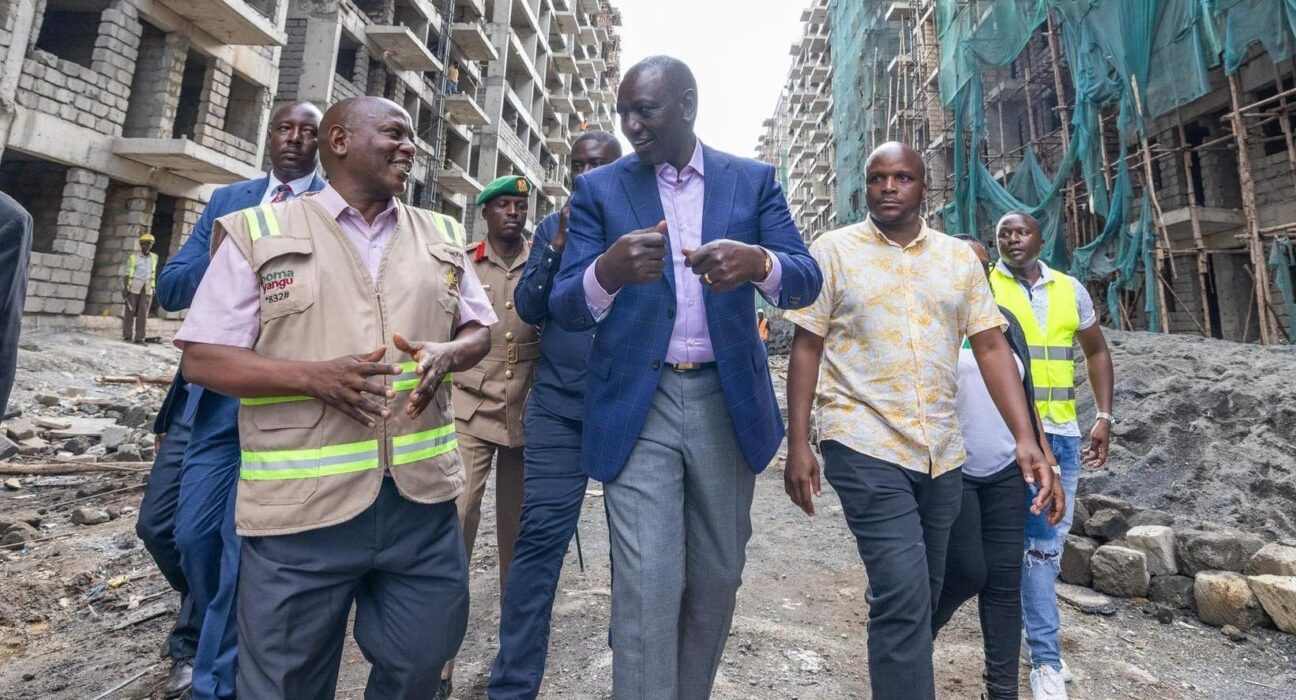Kenya has embarked on an ambitious endeavor to radically transform Kibera, which stands as Africa’s largest slum, into a modern housing estate as part of its national affordable housing program. This initiative marks a significant step towards addressing the longstanding challenges faced by the residents of Kibera, offering a glimmer of hope for a better quality of life in one of the most densely populated informal settlements in the world.
Nestled on the outskirts of Nairobi, Kibera has long been synonymous with poverty, overcrowding, and inadequate living conditions. Its narrow, unpaved pathways snake through a patchwork of makeshift structures, corrugated iron roofs glinting under the harsh African sun. The lack of proper sanitation facilities, clean water, and reliable electricity further exacerbates the daily struggles of its estimated 250,000 to 1 million inhabitants, depending on varying reports.
The new housing plan seeks to revolutionize Kibera by replacing the dilapidated structures with modern, affordable housing units designed to uplift the living standards of its residents. The vision is to create a vibrant community where families can thrive, children can receive quality education, and businesses can flourish. This transformation is not merely about physical structures; it is about reshaping the social fabric of Kibera and empowering its people for a brighter future.
As construction kicks off and the first buildings begin to rise from the rubble of the old, residents of Kibera are cautiously optimistic about the changes on the horizon. For many, the prospect of moving from cramped, unsanitary conditions to a spacious, well-equipped apartment represents a newfound sense of dignity and security. The promise of better infrastructure, healthcare services, and educational opportunities has sparked a sense of renewed hope among the community.
However, amidst the optimism, concerns linger about the potential gentrification of Kibera and the displacement of long-time residents who may struggle to afford the new housing units. The delicate balance between progress and preserving the existing social fabric of the slum poses a challenge for policymakers and community leaders alike. It is essential to ensure that the development benefits all residents, especially the most vulnerable, without marginalizing or uprooting them in the process.
Beyond the borders of Kibera, Kenya’s ambitious housing plan reflects a broader trend across Africa, where rapid urbanization and informal settlements pose complex challenges for governments and urban planners. The success or failure of such initiatives in Kibera will serve as a litmus test for similar projects across the continent, showcasing both the potential and pitfalls of transforming informal settlements into sustainable, inclusive communities.
In conclusion, Kenya’s efforts to eradicate Africa’s largest slum through its new housing plan stand as a beacon of hope in the midst of adversity. The journey towards a transformed Kibera is not just about bricks and mortar; it is about rebuilding lives, nurturing dreams, and fostering a sense of belonging for all its residents. By addressing the root causes of poverty and inequality, Kenya paves the way for a more equitable and prosperous future, not only for Kibera but for the entire continent.

